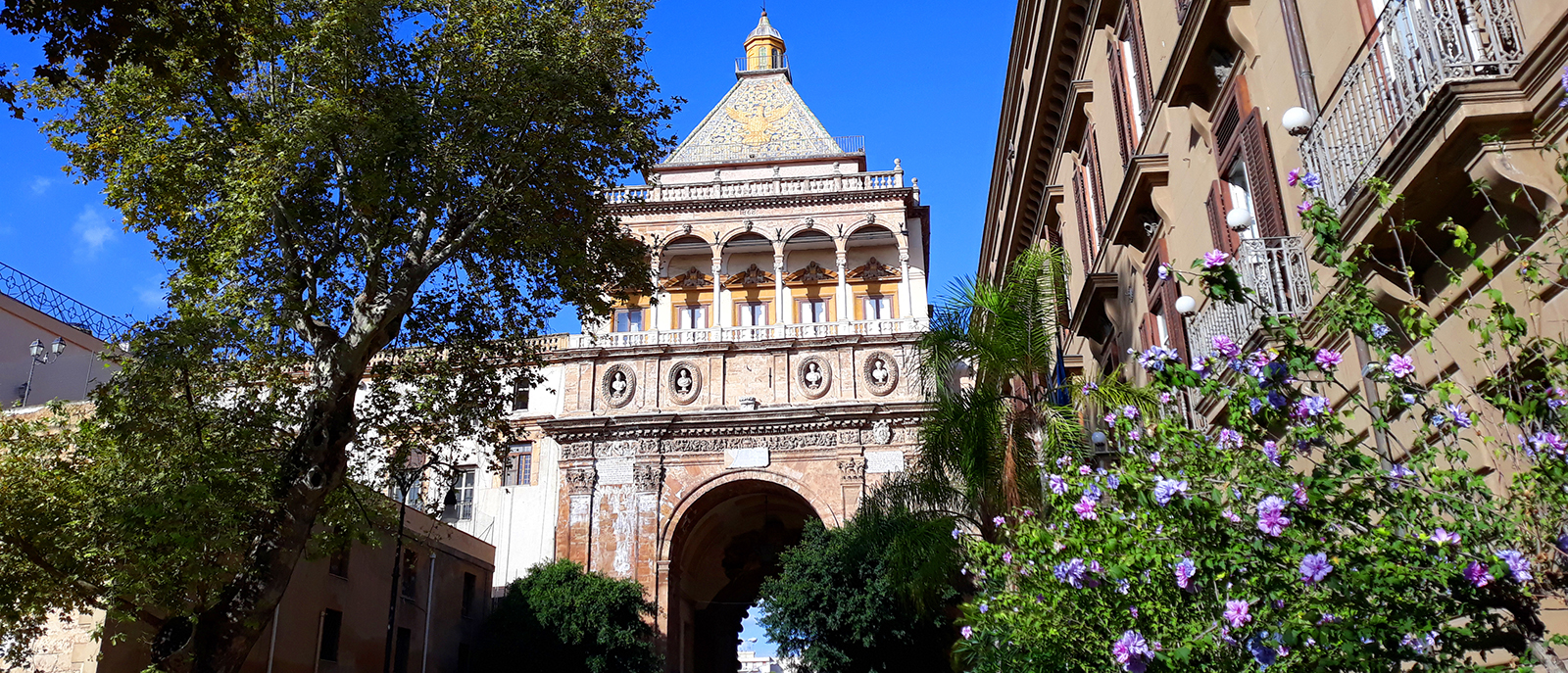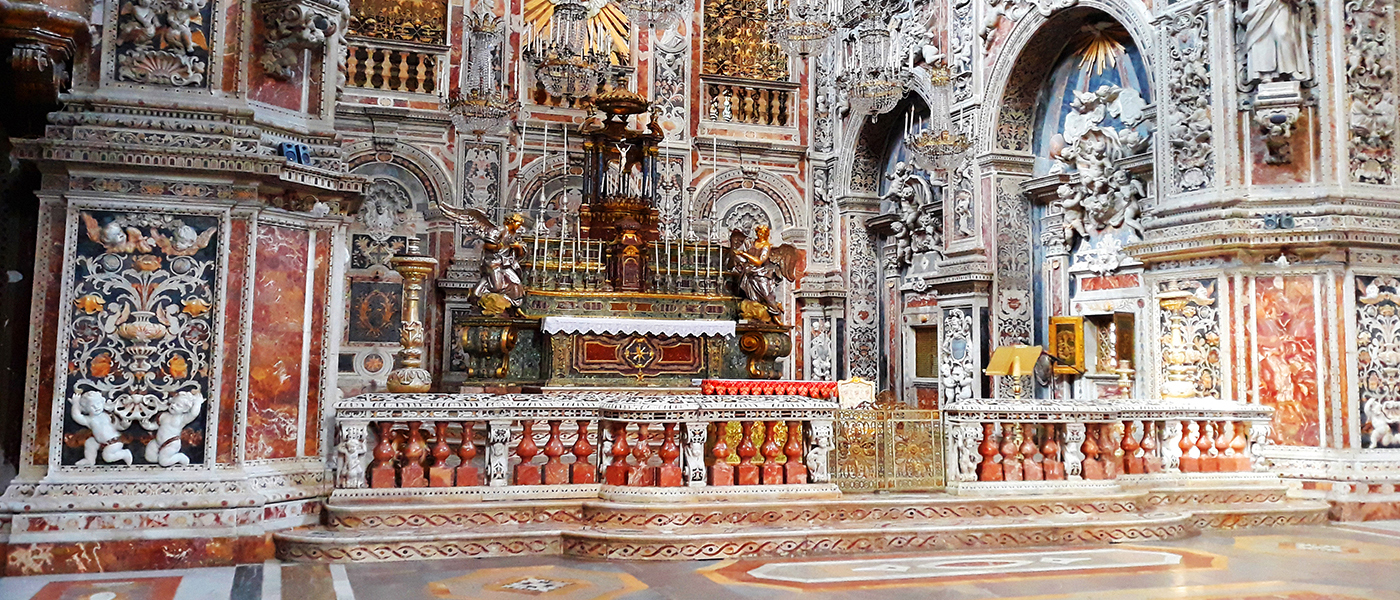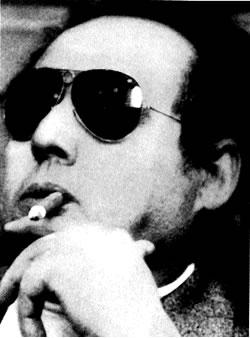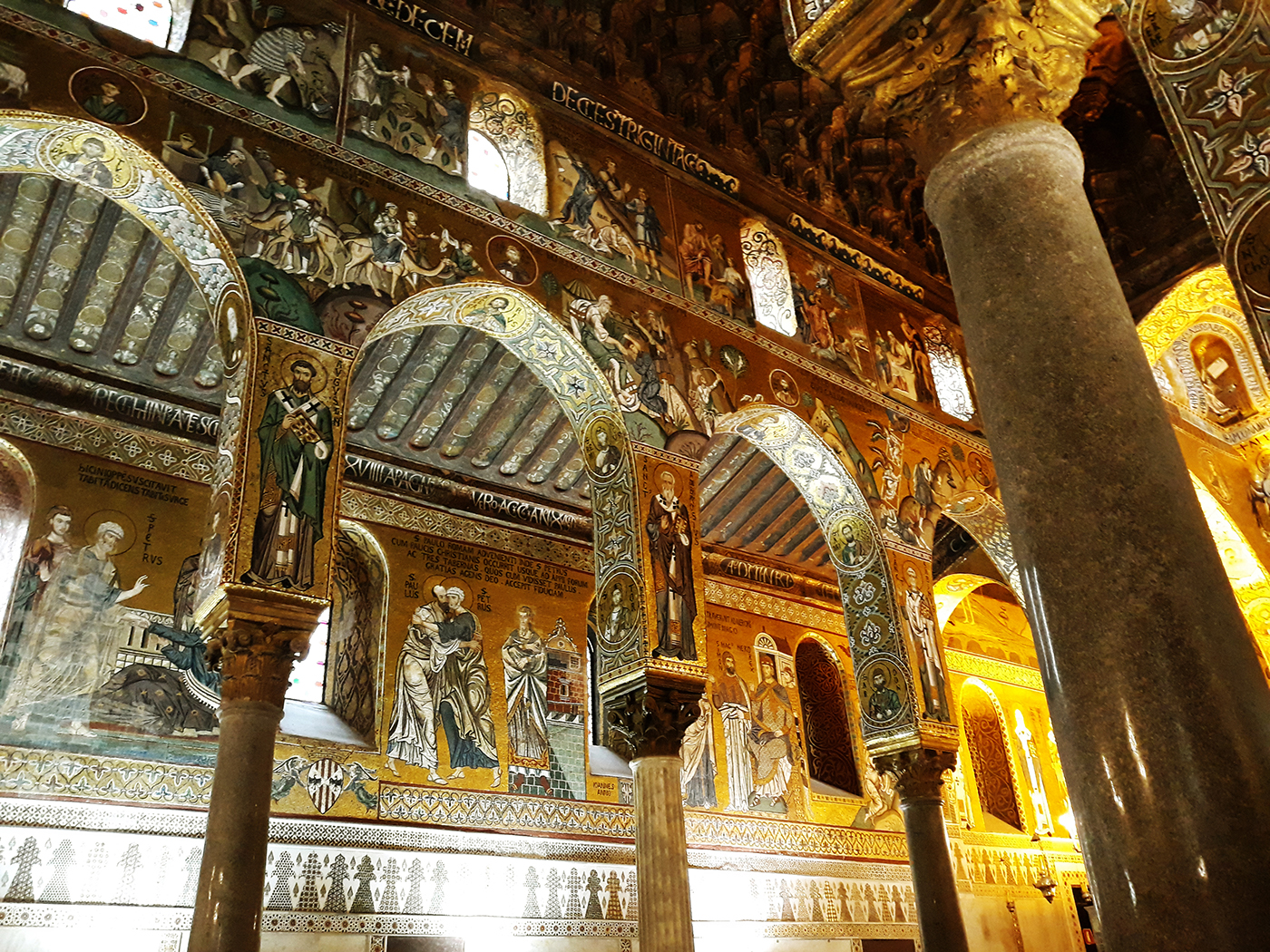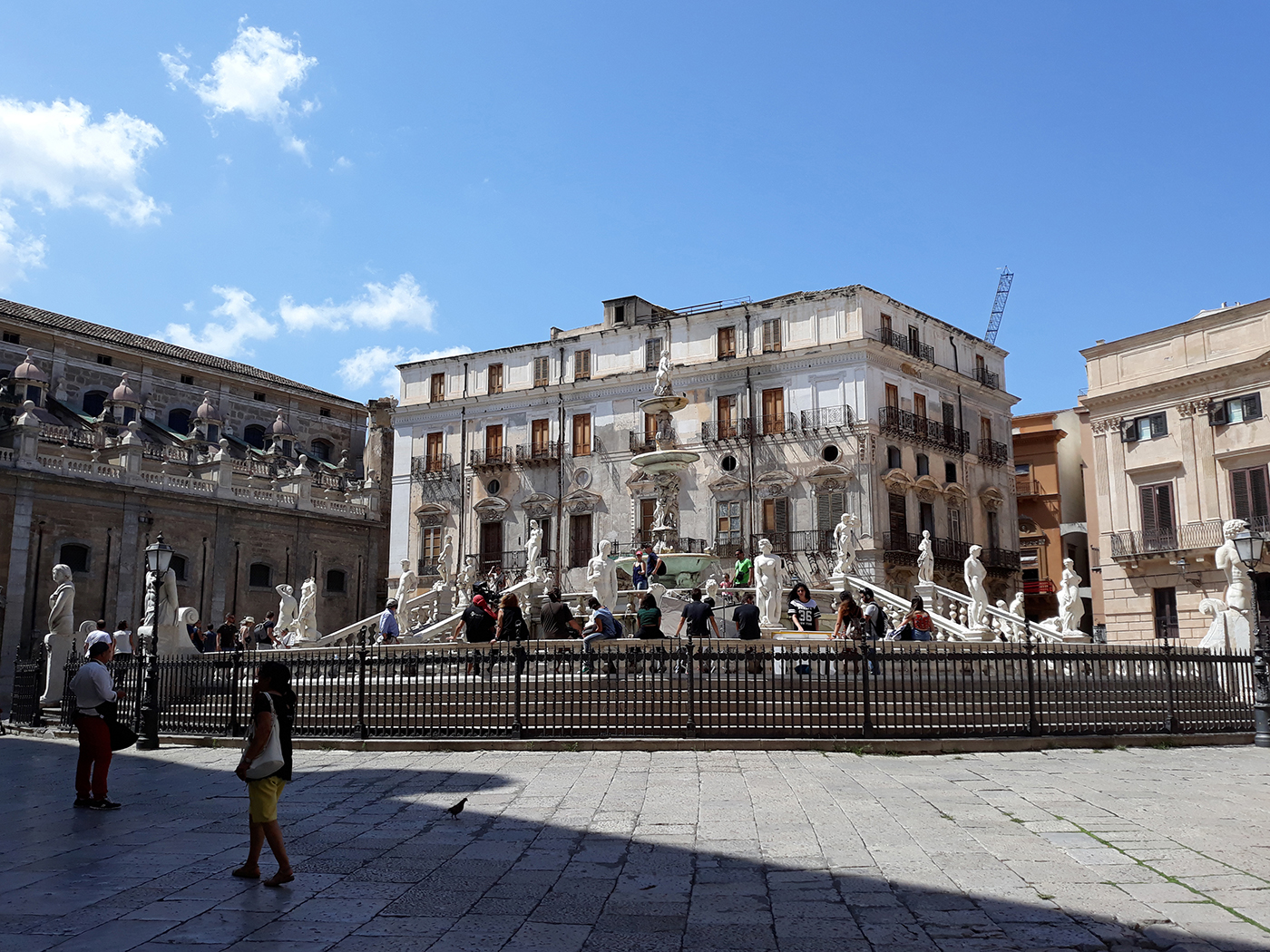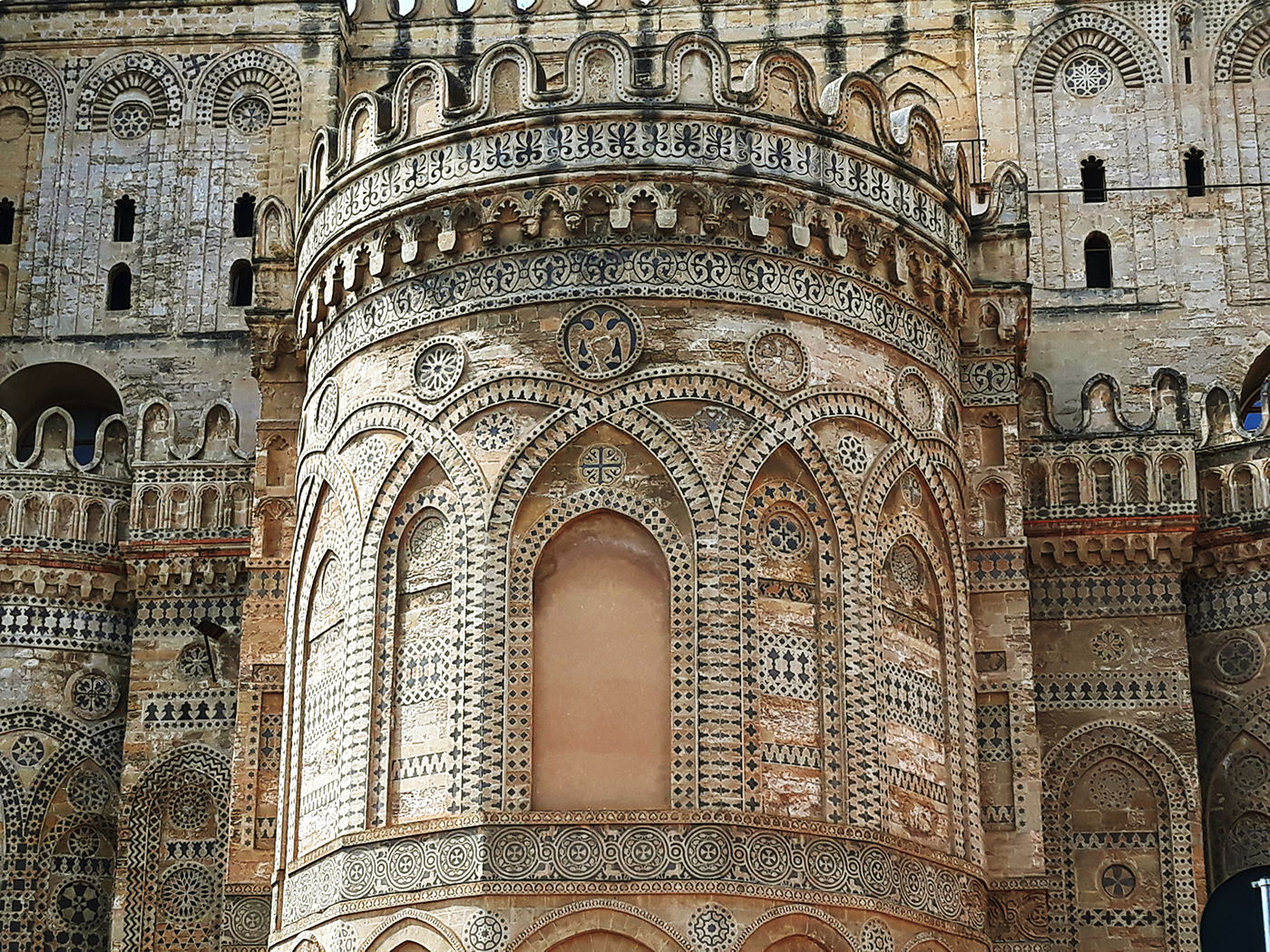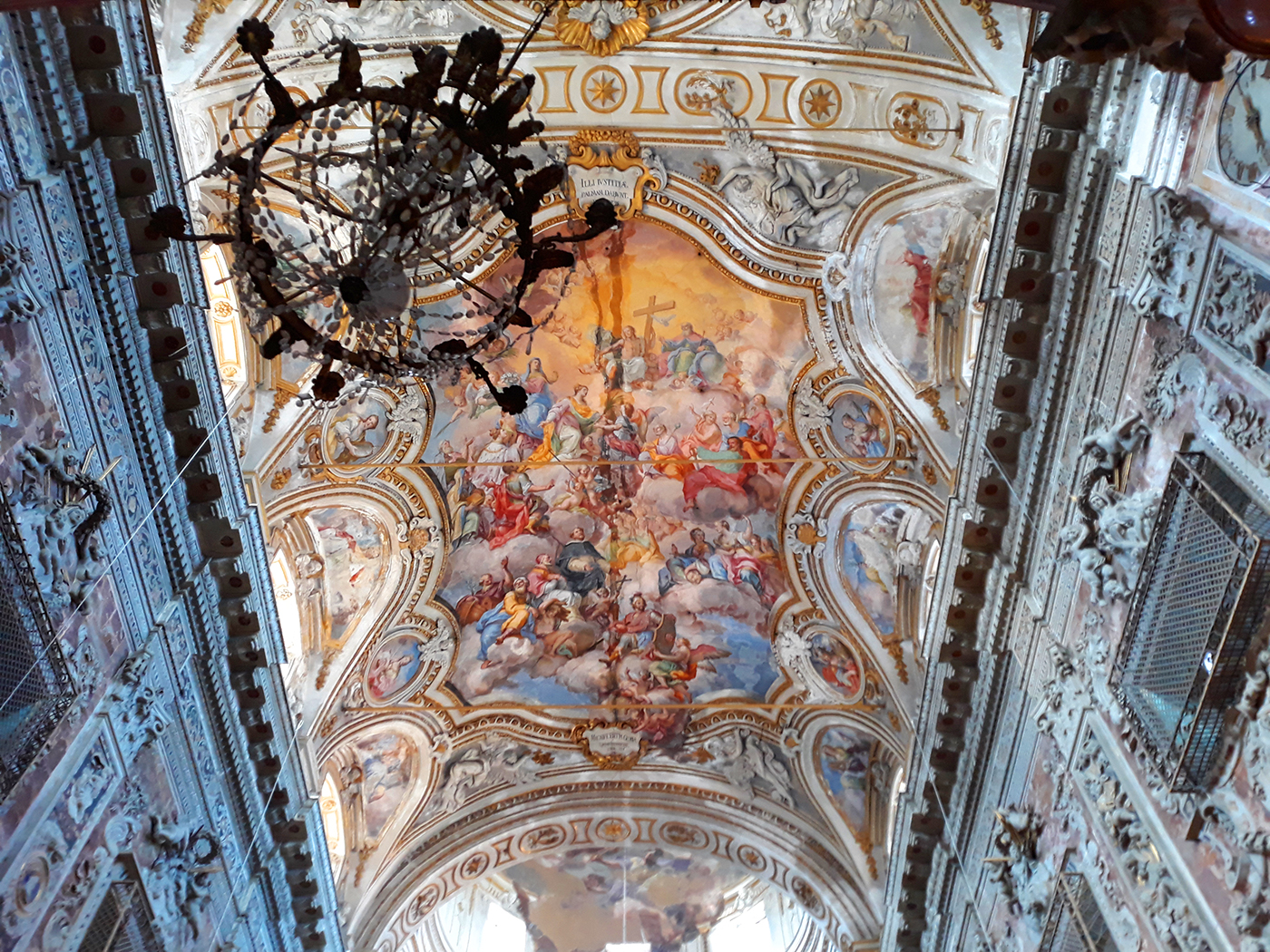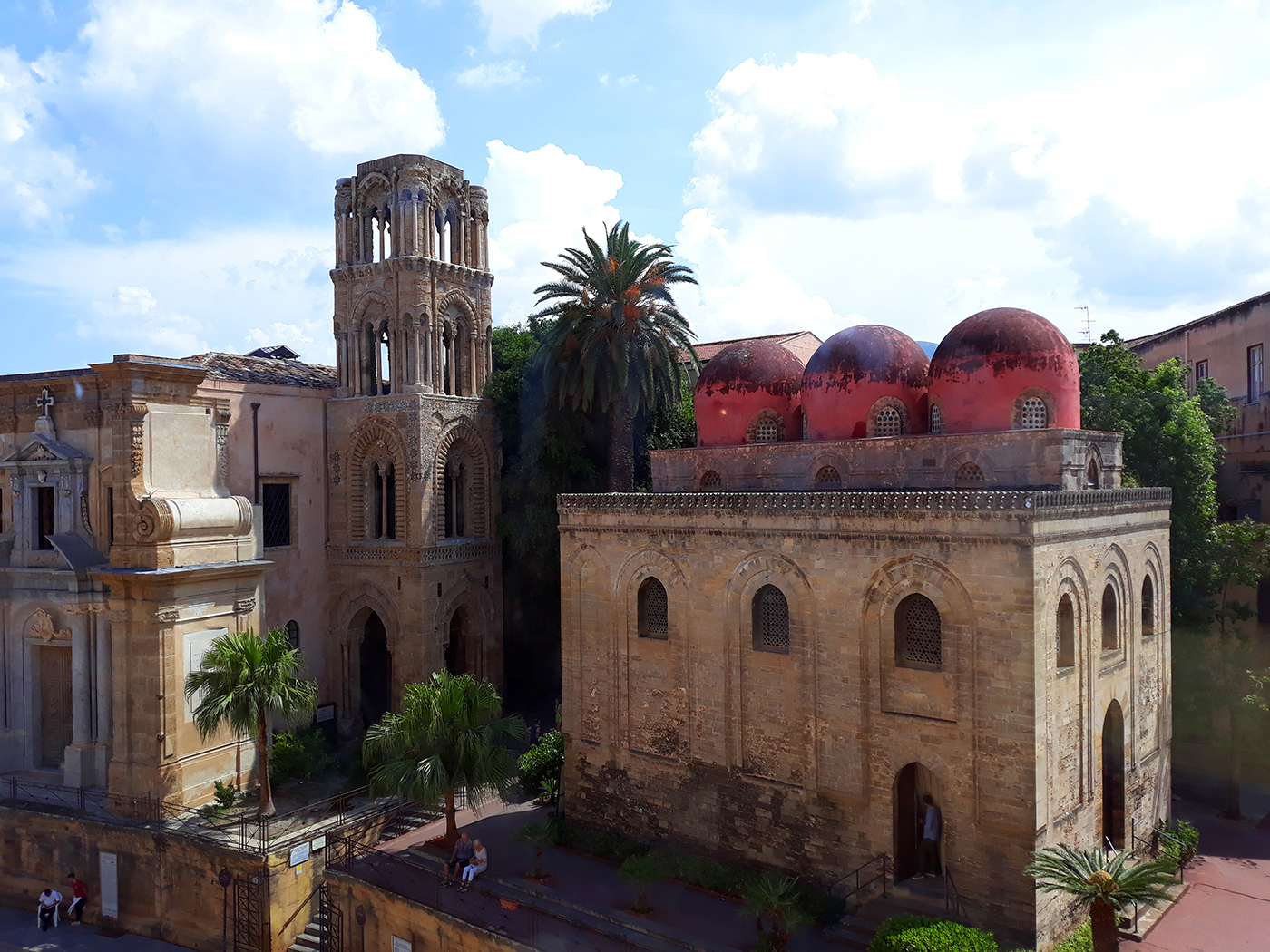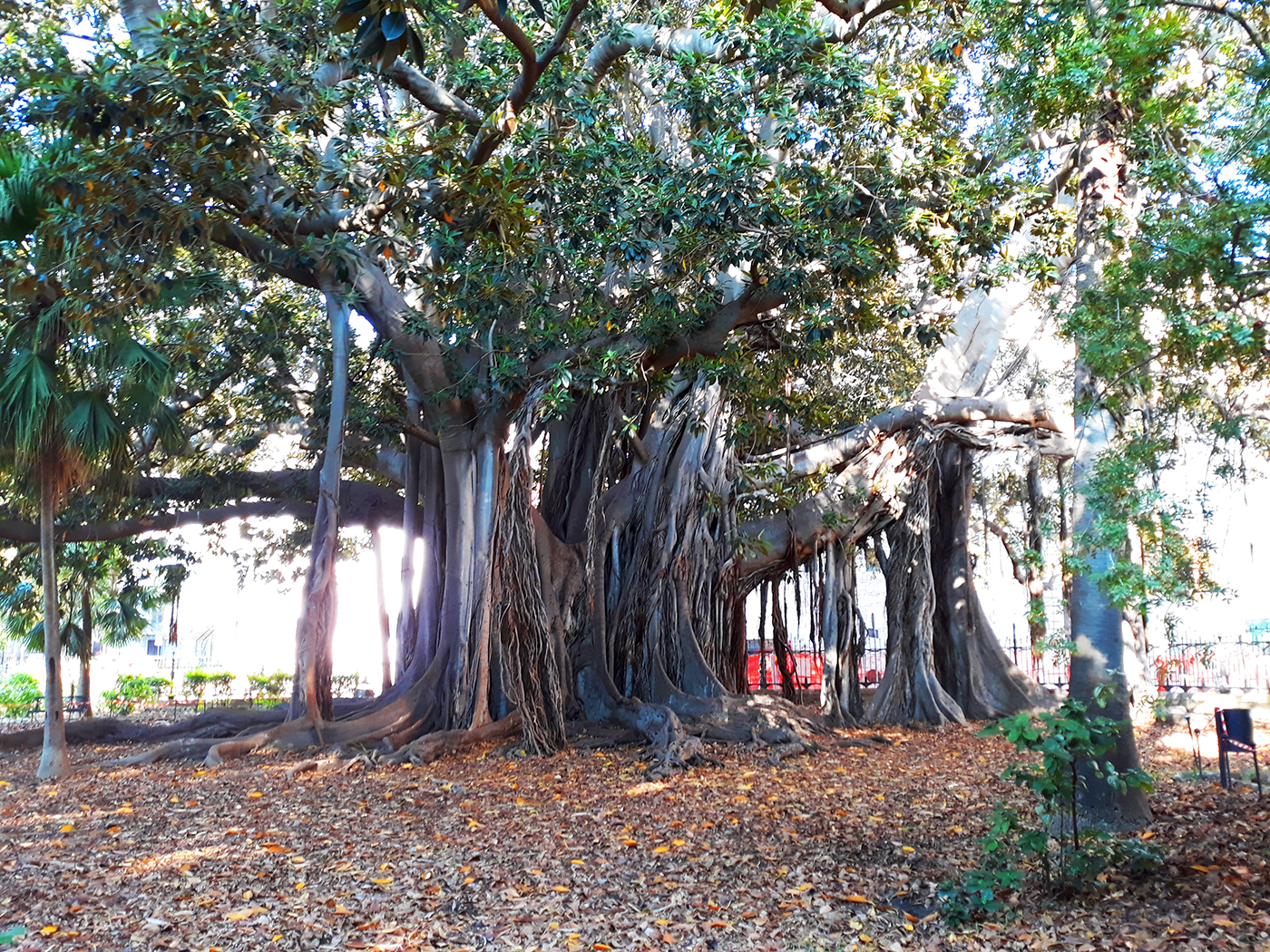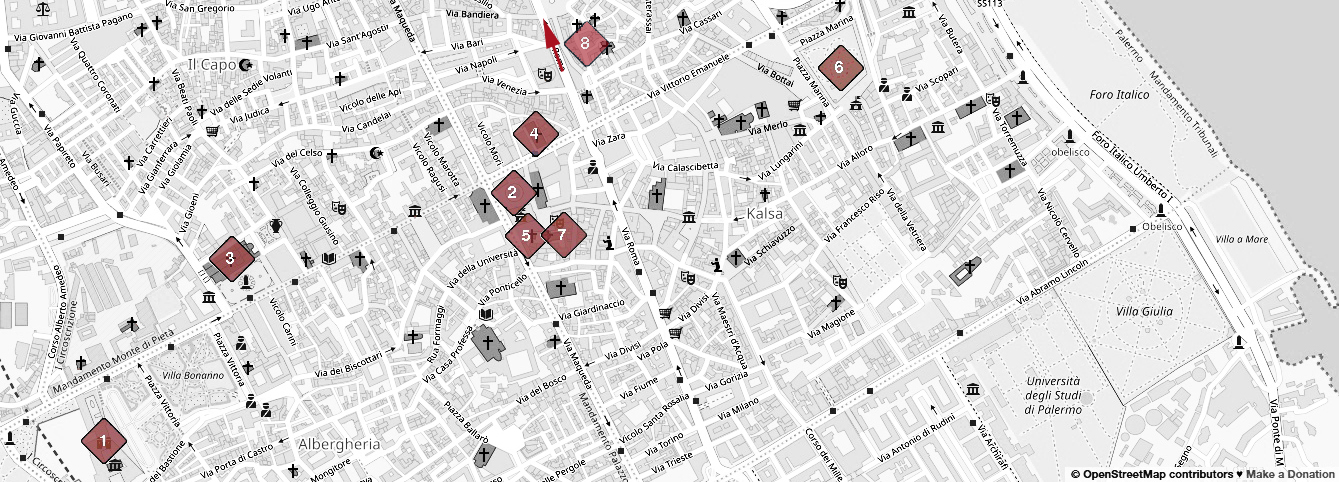The City
Palermo is the Capital of Sicily, which is the largest Italian Island at the tip of the boot shaped peninsula. Located on the north side of the island, the port city benefits both from tall mountains and seaside. Useful things to note are:
- International Dialing Code: +39
- Average High Temperature : 28.8°C
- Average Low Temperature : 8.2°C
- Currency: Euro(EUR)
The relatively mild climate allows Palermo to be visited all year around, although the best time is in the summer when the sea is warm and can be great refreshment from the warmth.

